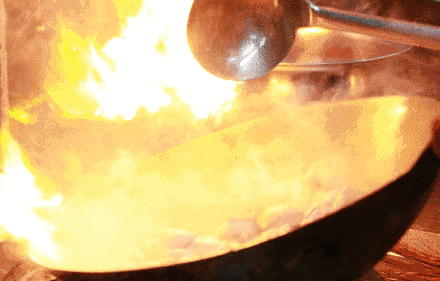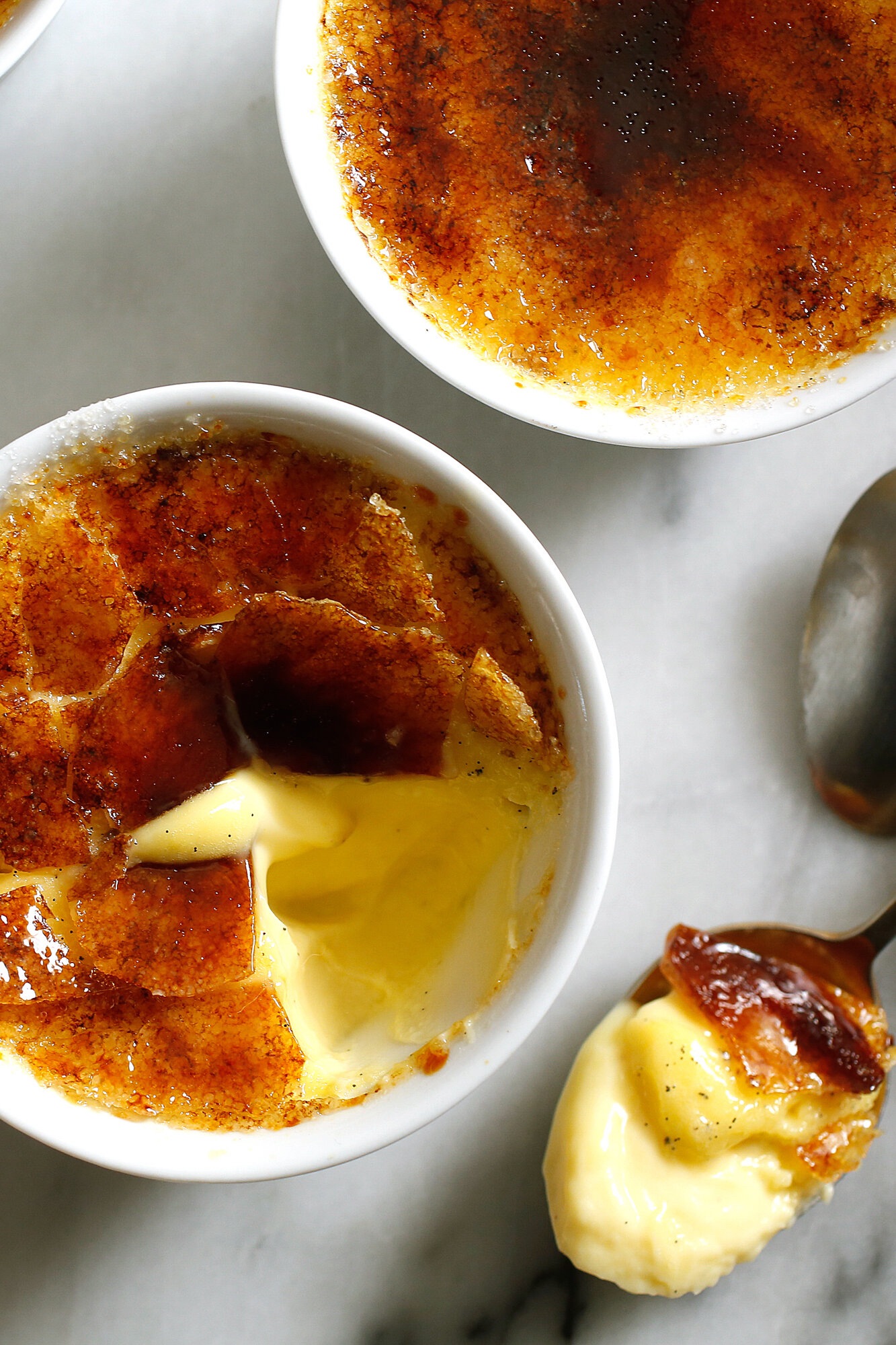



















 揾火槍噴嘅温度上面仲講係牛油/cream係固體我都廢事答佢
揾火槍噴嘅温度上面仲講係牛油/cream係固體我都廢事答佢



啦,我教你
你試下自己係屋企用電爐炒牛河,
一定要自己炒再即食
再去食下真係好食既即炒中式爐頭干牛河,即食
你就可能明乜春叫「鑊氣」
 你舊嘢coat咗層糖
你舊嘢coat咗層糖



 我成日都整
我成日都整
“It has that nice smoky flavor.”
Wok hei is the Cantonese name for that aroma (literally “wok energy” or “wok breath”).
In her 2004 book, “The Breath of a Wok,” Grace Young identifies wok hei as “when a wok breathes energy into a stir-fry, giving foods a unique concentrated flavor and aroma.”
“Wok hei is this ethereal thing,” Steph said. It’s “that taste of the first bite of a hot restaurant stir-fry. It’s got that taste of the restaurant oil, the slightly deeper restaurant browning, the heavier restaurant seasoning.
As Lan Lam has written in a more recent article from Cook’s Illustrated, this has to do with the chemical interactions between the food and the layers of polymerized oils on the surface of a seasoned wok. It’s also tied to the unique action of stir-frying in a wok.





